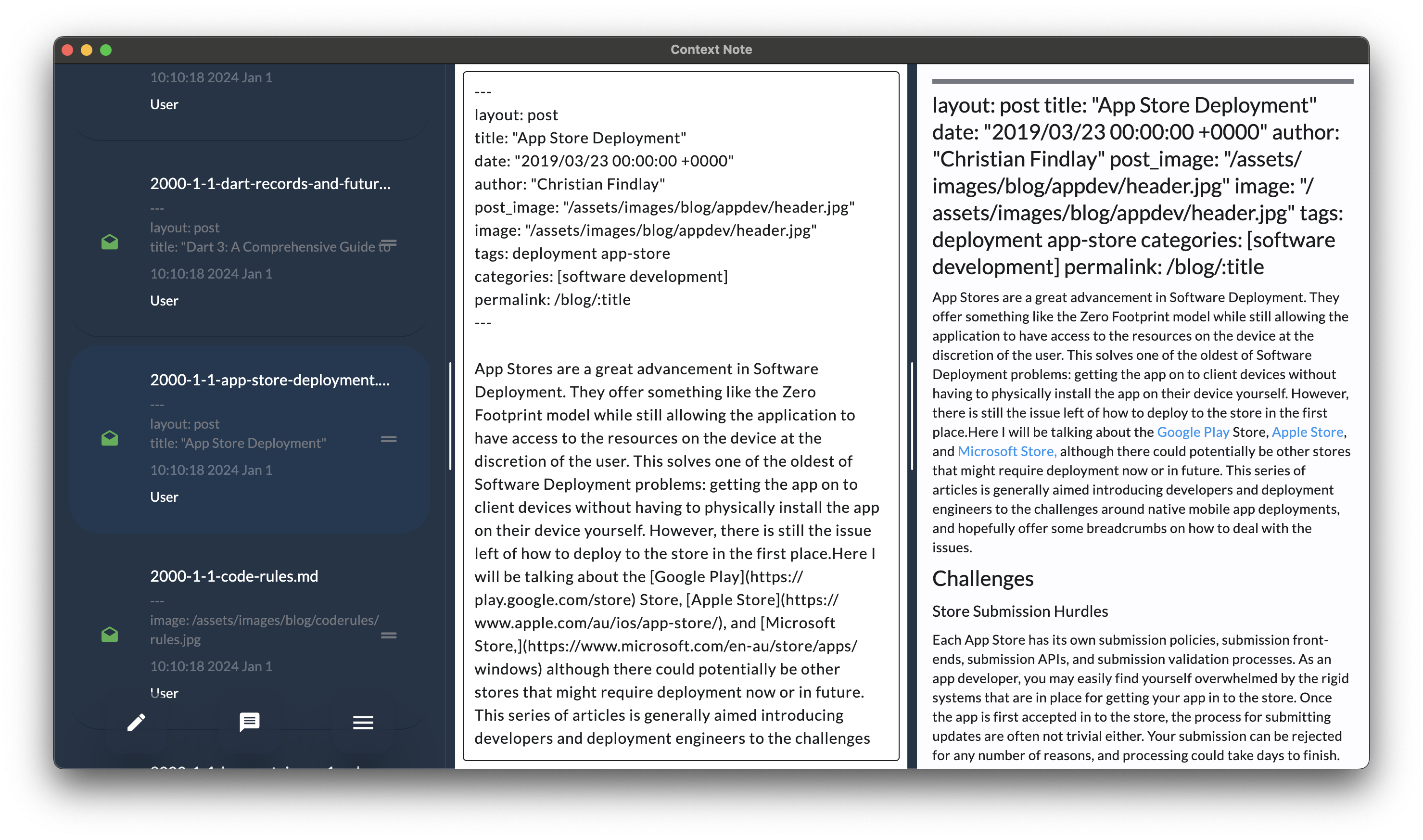Understanding Context in AI: The Foundation of Conversation
Context plays a pivotal role in human communication, serving as the backdrop that gives meaning to conversations. Similarly, in the realm of artificial intelligence (AI), context equips AI models with the necessary background to inform their responses. Prompting is how we supply AI models, like ChatGPT, with the input text required to produce relevant and accurate reactions. Prompting is basically another word for context.
The Role of Context in LLMs
1The Significance of Tokenization and Attention Mechanisms
LLMs operate by processing text data. One of the first steps is called tokenization. It is the breaking down of text into smaller units or tokens. These tokens can range from characters and subwords to symbols or words, depending on the model's design and objectives. The attention mechanism in LLMs, particularly self-attention, plays a key role in determining how different parts of an input sequence relate to each other, thus impacting the model's interpretation of context.
Enhancing In-Context Learning
In-context learning in LLMs refers to the ability of these models to utilize the specific context of a conversation or text to generate relevant and accurate responses. This method hinges on the model's understanding of the immediate textual environment, enabling it to make inferences and provide contextually appropriate answers. The effective integration of in-context learning is a cornerstone in the development of sophisticated LLMs, as highlighted in recent research.
Recent advancements in this area involve incorporating supervised knowledge, which researchers have shown significantly enhances the performance of LLMs in tasks such as natural language understanding and question-answering. This approach not only improves the immediate responsiveness of LLMs but also aids in their ability to generalize and adapt to various contexts, ultimately leading to enhanced accuracy in their outputs.
The Stateless Nature of the ChatGPT API
The ChatGPT API by OpenAI operates in a stateless manner. Each request and response are independent of the previous interactions. This design necessitates a comprehensive understanding and control of context in every interaction. Providing a detailed and relevant context with each request is crucial to guide the model toward generating accurate and relevant responses, and this is where Context Note shines. The design of Context Note maximizes the utilization of the Context Note by allowing you to send your textual data such as text, markdown or code with every call to ChatGPT
What is a Context Window?
In Large Language Models (LLMs) like ChatGPT, the concept of a context window is essential for understanding how these models process and interpret text. A context window in LLMs refers to the range of words or data points surrounding a target word or phrase, which the model uses to grasp the context and meaning. This window allows LLMs to analyze the adjacent words or phrases, aiding in the accurate interpretation and response generation based on the given context.
In the context of LLMs, the size and scope of the context window can significantly influence the model's ability to understand nuances, sentiments, and complex language structures. It directly affects how effectively the model can predict, analyze, and respond to user queries. The concept of the context window thus plays a crucial role in the overall performance and accuracy of LLMs in tasks like text generation and conversation modeling.
How Context Note Puts The Control of the Context in Your Hands
Context Note is an innovative tool designed to enhance your interactions with AI by giving you full control over the context of your conversations. It acts as an AI conversation editor and works alongside your favorite text, code, and markdown editors, making it ideal for optimizing the use of AI assistants like ChatGPT. This tool allows you to manage AI context efficiently, ensuring that you can tailor each interaction to your specific needs. With Context Note, you can rewrite conversation history, specify message order, and choose different ChatGPT models, even mid-conversation. It also integrates seamlessly with popular coding tools, offering features like syntax highlighting. It has a minimalist interface design for a streamlined user experience.

Enhancing AI interactions involves more than just understanding context. It requires active management and control. This is where Context Note becomes an indispensable tool. By providing an intuitive interface for managing the flow of conversation with AI, Context Note empowers users to shape the direction and depth of their AI interactions. This control is particularly useful in complex dialogues or when switching between different topics or tasks. Context Note ensures that every exchange with AI is contextually grounded and coherent because you are working directly with your textual data. It continues to build on previous interactions, making it a significant leap in personalized AI communication.
Conclusion
Context control is a critical aspect of working with LLMs. The effectiveness of these models, particularly in applications like the ChatGPT API, hinges on the meticulous control of context. By understanding the technical aspects of how these models process and interpret text data and by effectively managing the context in each interaction, users can maximize the potential of LLMs in various applications. The ongoing research and developments in this field continue to push the boundaries of what these advanced models can achieve, making it an exciting area of study and innovation.
